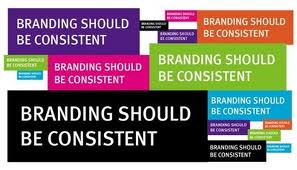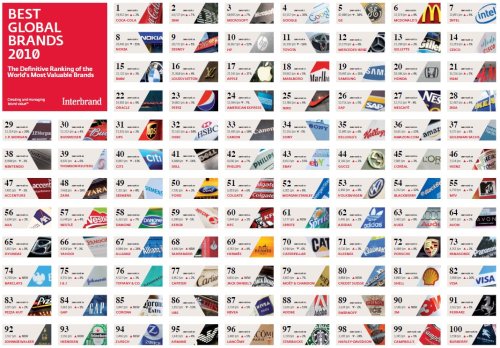Have you ever heard the phrase, “Personal Branding”? Do you think it is revealed in your dress style, your job position, the car you drive or even the company you keep? What I love most about Personal Branding is just that — it is personal. No two personal brands are alike. There are many people with similarities in style and personality but there are distinct differences in one person to the next.
The person that is “You” is shaped by countless influences throughout your life, past and present, such as: parents, siblings, best friends, arch enemies, teachers, coaches, scout leaders, first crush, classmates, children, bosses. Moments like first steps, first day in school, first kiss, first dates, graduations, touchdowns, college, weddings, births, deaths and all the  tragedies and triumphs in between.
tragedies and triumphs in between.
Some people are very in touch with these influences and their impact on their success and happiness. Taking into account your own personal influences in life can help you appreciate the “unique” you and understand the make up of your brand. Think of them as an ever-increasing foundation to draw confidence from and support your strong sense of self.
With years of experiences to draw on, this may prove meaningful to you as an adult, but how can this also apply to young children? Even at a tender age, the children in our lives are experiencing, you might say, “assembling,” the elements that influence their self-esteem and ultimately define their unique persona.
Without positive influence, many become teens without knowing who they are, or what makes them interesting, unique or even important? They lack direction. They don’t know how to dream or begin to embrace the great possibilities in front of them. It seems, a growing number are glued to electronic devices— communicating through keyboard conversations on their cell phones and through social media. And unfortunately, many get their sense of self from television programs, rather than through real person-to-person exchange.
their cell phones and through social media. And unfortunately, many get their sense of self from television programs, rather than through real person-to-person exchange.
You can guide them and influence them positively. The everyday connections you share with them (a smile, a wink, a giggle, etc.) are valuable. Your time and attention to them is precious. The freedom you extend to them to explore and express themselves can be revealing. And, positive feedback is empowering.
I’d love to hear your feedback and thoughts or experiences with personal branding. Leave a comment! And, as always, for more information about other types of branding, please visit www.stimulusbrand.com.
—Tom McManimon







 It can be quite fun to develop ads that tap into audiences emotional, humorous and playful sides. Who doesn’t enjoy the series for E-Trade with the super savvy babies?
It can be quite fun to develop ads that tap into audiences emotional, humorous and playful sides. Who doesn’t enjoy the series for E-Trade with the super savvy babies? Perhaps best known as Puddy on Seinfeld, Patrick Warburton serves as Honda’s laid back, almost catatonic, but humorous spokesman in the “Happy Honda Days” series. The ads feature great comedic writing and are quietly dismissive of all the holiday hoopla — while still making an effective holiday pitch. As Tim Nudd writes in Adweek Magazine, Warburton “can get away with this, partly because he acknowledges the hypocrisy and partly because he’s so likable. In one ad, he opens by suggesting that ‘Elves are shoddy craftsmen,’ then points out that Hondas are made by ‘real human beings.’ In another, he ridicules holiday ads from luxury automakers that show cars wrapped in bows. ‘Are you a millionaire? No? Well, then you probably don’t give cars to people as presents,’ he says, as he rips the bow off a Civic. (Again, though, this is disingenuous—as another spot urges you to give the gift of a Honda, just to watch the person’s joyful reaction.)”
Perhaps best known as Puddy on Seinfeld, Patrick Warburton serves as Honda’s laid back, almost catatonic, but humorous spokesman in the “Happy Honda Days” series. The ads feature great comedic writing and are quietly dismissive of all the holiday hoopla — while still making an effective holiday pitch. As Tim Nudd writes in Adweek Magazine, Warburton “can get away with this, partly because he acknowledges the hypocrisy and partly because he’s so likable. In one ad, he opens by suggesting that ‘Elves are shoddy craftsmen,’ then points out that Hondas are made by ‘real human beings.’ In another, he ridicules holiday ads from luxury automakers that show cars wrapped in bows. ‘Are you a millionaire? No? Well, then you probably don’t give cars to people as presents,’ he says, as he rips the bow off a Civic. (Again, though, this is disingenuous—as another spot urges you to give the gift of a Honda, just to watch the person’s joyful reaction.)”










